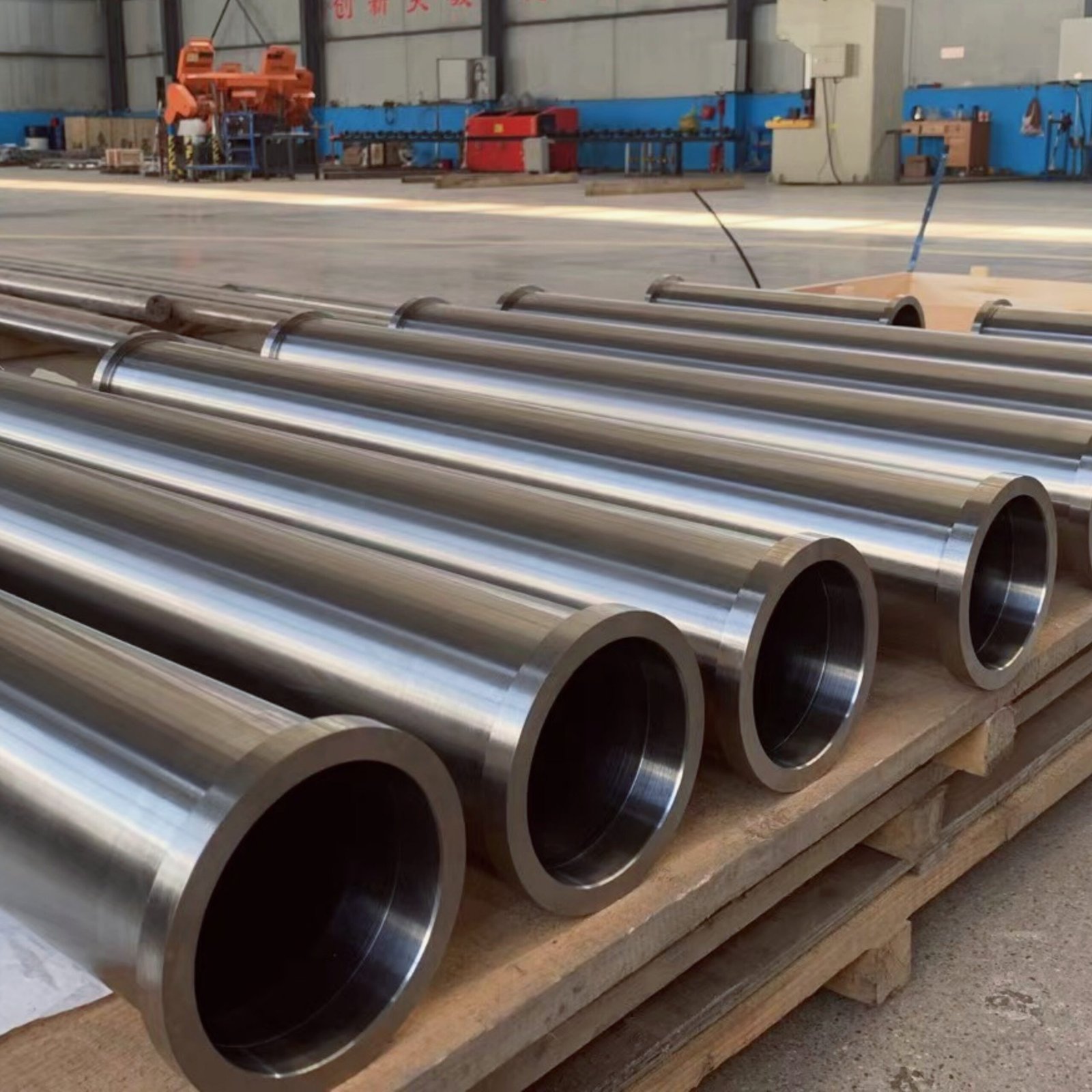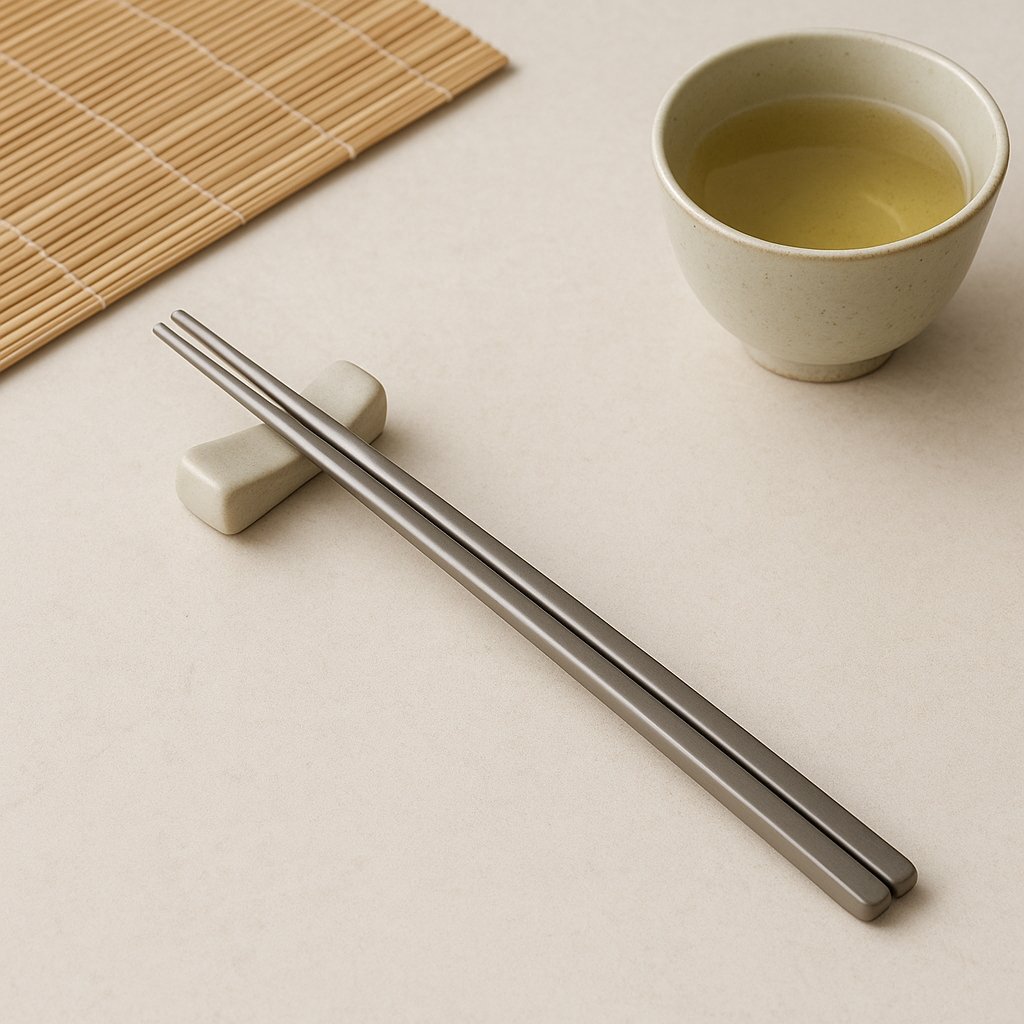A practical guide comparing GR1, GR2, GR5, GR7, GR9, GR12, and GR23
Introduction: Titanium Isn’t One-Size-Fits-All
Titanium is known for its impressive combination of strength, corrosion resistance, and low density. But not all titanium grades are created equal. Whether you're designing medical implants, chemical processing equipment, or aerospace components, choosing the right grade can directly affect the performance, safety, and cost of your application.
In this article, we won’t just list the properties of each titanium grade. Instead, we’ll compare the grades side by side, helping you understand which material makes the most sense for your specific needs.
1. Strength vs. Corrosion Resistance – Where Do You Stand?
If your project demands maximum corrosion resistance, especially in marine or chemical environments, Grade 1 and Grade 2 (commercially pure titanium) are excellent choices.
- Grade 1 offers the highest corrosion resistance and best formability, but it has the lowest strength.
- Grade 2 offers a better balance of corrosion resistance and mechanical strength and is widely used in pressure vessels, heat exchangers, and marine components.
In contrast, Grade 5 (Ti-6Al-4V) delivers over twice the strength of Grade 2, making it a go-to choice for aerospace, motorsports, and high-performance engineering. However, it sacrifices some corrosion resistance and can be harder to weld or machine.
Trade-off example:
Use GR2 for a seawater heat exchanger where corrosion is the top priority.
Choose GR5 for a lightweight, high-stress aerospace bracket where strength matters most.
2. When You Need Both Strength and Corrosion Resistance – Enter GR7 and GR12
Grade 7 is chemically similar to Grade 2 but with a small addition of palladium. This makes it far more resistant to acidic and reducing environments (like hydrochloric acid), especially in chemical processing.
Grade 12, on the other hand, contains molybdenum and nickel, giving it superior crevice corrosion resistance and higher strength than both Grade 2 and Grade 7. It’s especially effective in hot, mildly reducing acids and brines.
If your system involves chlorides, acids, or fluctuating temperatures, GR7 or GR12 may save you from unexpected material failures.
3. GR9 vs. GR5 – Lighter, Friendlier, But Strong Enough?
Both Grade 9 (Ti-3Al-2.5V) and Grade 5 (Ti-6Al-4V) are titanium alloys, but they serve different design goals.
- Grade 9 offers moderate strength, excellent corrosion resistance, and good weldability. It's easier to form than GR5 and commonly used in tubing for aerospace, sports equipment, and chemical handling.
- Grade 5 has the highest strength among these grades but is harder to weld and machine.
Choose GR9 if your project involves thin-wall titanium tubing or complex shapes where formability is key.
Choose GR5 when structural performance under stress is non-negotiable.
4. Medical Applications – GR5 and GR23: Similar Yet Different
In medical devices, biocompatibility, strength, and cleanliness are critical. While GR5 is widely used in orthopedic and surgical components, its low oxygen version—Grade 23 (Ti-6Al-4V ELI)—is often preferred for implantable devices.
- Grade 23 (Extra Low Interstitial) has better ductility and fracture toughness, making it ideal for load-bearing implants, dental screws, and trauma plates.
- It maintains nearly the same strength as GR5, with enhanced purity and fatigue performance.
In short: GR23 is GR5’s cleaner, more biologically forgiving cousin—perfect for inside-the-body applications.
5. Fabrication Considerations – Can You Weld It, Cut It, Shape It?
| Grade | Weldability | Machinability | Formability |
|---|---|---|---|
| GR1/GR2 | Excellent | Good | Excellent |
| GR5 | Moderate | Fair | Fair |
| GR9 | Good | Good | Good |
| GR7 | Good | Moderate | Good |
| GR12 | Good | Good | Good |
| GR23 | Moderate | Fair | Fair |
Pure grades are easier to shape and weld. Alloyed grades (especially GR5 and GR23) require more skill and precise tooling during fabrication. If your project relies on complex geometry, tight tolerances, or custom welding, the processing cost and difficulty must be considered.
Conclusion: Match the Grade to the Job, Not the Hype
Choosing the right titanium grade is about matching material properties to real-world performance needs. Here's a quick reference:
| Application | Recommended Grades |
|---|---|
| Chemical processing | GR2, GR7, GR12 |
| Aerospace structures | GR5, GR9 |
| Medical implants | GR23 (and GR5) |
| Marine hardware | GR2, GR12 |
| Heat exchangers | GR2, GR7, GR12 |
| Sports equipment | GR9 |
Still not sure which grade suits your needs? Contact us to get a tailored recommendation or request a material sample for testing.
Share this article
Written by : 钛合金网
Follow us
Table Of Content
- Introduction: Titanium Isn’t One-Size-Fits-All
- 1. Strength vs. Corrosion Resistance – Where Do You Stand?
- 2. When You Need Both Strength and Corrosion Resistance – Enter GR7 and GR12
- 3. GR9 vs. GR5 – Lighter, Friendlier, But Strong Enough?
- 4. Medical Applications – GR5 and GR23: Similar Yet Different
- 5. Fabrication Considerations – Can You Weld It, Cut It, Shape It?
- Conclusion: Match the Grade to the Job, Not the Hype



